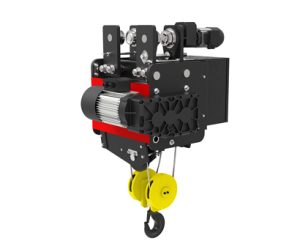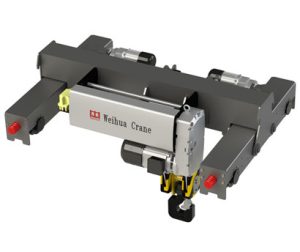Over time, even the most robust hook block can wear out, become damaged, or simply need an upgrade. Knowing when and how to choose the right replacement hook block for your electric hoist is not just a matter of efficiency—it’s a fundamental aspect of safety.
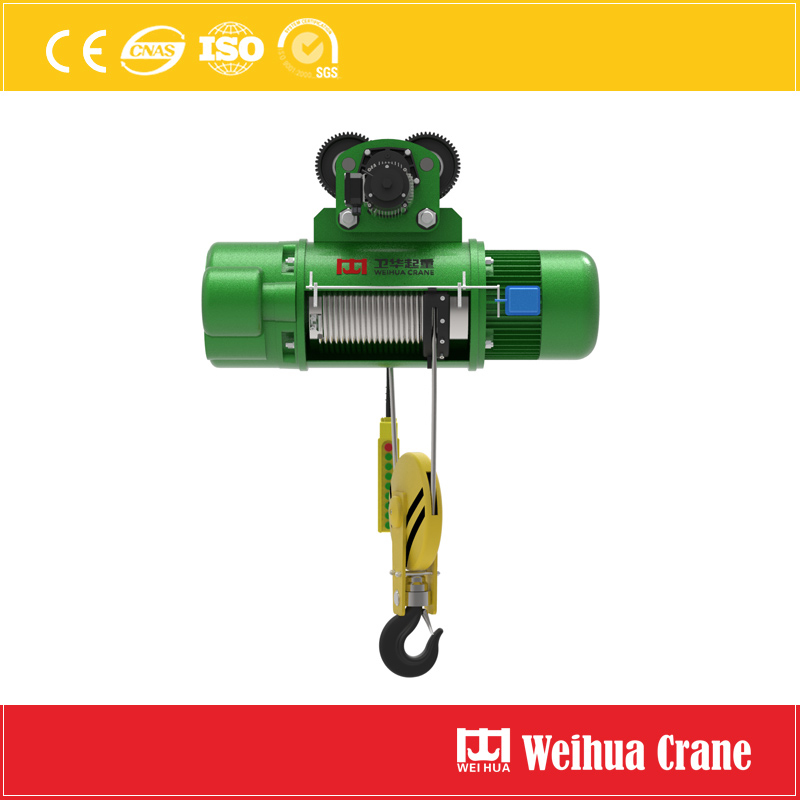
What is a Hook Block and Why is it Critical?
The hook block is the assembly that connects the load to the hoist. It typically consists of a framework (束) that holds the load chain, a hook (or hooks) for attaching the load, and a swivel mechanism that allows for rotation and prevents chain twist. It’s the direct interface between your hoist and whatever you’re lifting.
A faulty hook block is a severe safety hazard. Failure can lead to catastrophic accidents, injury, and costly damage to equipment and inventory.
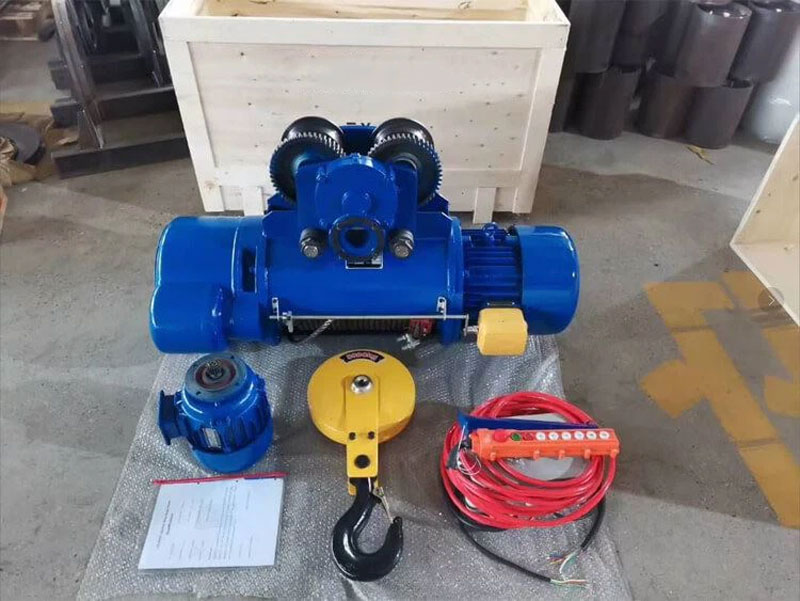
Signs You Need a Replacement Hook Block
Don’t wait for a failure. Regularly inspect your hook block and look for these warning signs:
- 1. Visible Damage: This includes deep grooves in the sheaves (from the chain), cracks, bends, or twists in the hook itself. Any deformation is a clear sign the hook must be replaced immediately.
- 2. Hook Latch Issues: The hook latch is a critical safety device that prevents the load from slipping off. If it’s broken, bent, or doesn’t spring back into place, it needs to be fixed or the entire assembly replaced.
- 3. Excessive Wear on Sheaves: Worn or cracked sheaves can cause the chain to jump, wear unevenly, or even fail to travel correctly, putting immense stress on the hoist motor.
- 4. Difficulty Swiveling: The hook should rotate smoothly. If it’s seized or gritty, it can cause the load chain to twist, leading to unsafe conditions and accelerated wear.
- 5. Routine Maintenance or Upgrade: Sometimes, you’re replacing the hook block as part of a planned overhaul or to upgrade to a feature like a motorized rotation system for greater precision.

How to Choose the Right Replacement Hook Block
You can’t just pick any hook block off the shelf. Compatibility is key. Here’s what to consider:
- 1. 容量 (Tonnage): This is the most critical factor. The replacement hook block must match or exceed the rated capacity of your hoist. Never downgrade to a lower capacity.
- 2. Brand and Model Compatibility: The ideal solution is an OEM (Original Equipment Manufacturer) part designed specifically for your hoist model (例えば。, from brands like CM, Harrington, Yale, or Coffing). This guarantees a perfect fit and maintains the hoist’s original safety certifications.
- 3. Number of Sheaves: The hook block must have the correct number of sheaves to match your hoist’s chain reeving (例えば。, 2, 3, または 4 falls of chain). Using the wrong block will drastically affect the hoist’s lifting height and capacity.
- 4. Hook Type and Latch: Ensure the hook style (例えば。, clevis type, shank type) and the presence of a safety latch match your application’s requirements and safety standards like OSHA.
- 5. Quality and Certification: Always choose a replacement part that is manufactured to relevant standards (like ASME B30.16) and is thoroughly proof-tested and certified. This is non-negotiable for safety.

The Replacement Process: Safety First!
Replacing a hook block is a serious task.
- 1. De-energize the Hoist: Always disconnect the hoist from all power sources before starting any work.
- 2. Secure the Area: Work in a controlled environment where the hoist and load bar are easily accessible.
- 3. Follow Instructions: Refer to the hoist’s service manual for the specific procedure for removing the old block and installing the new one. This usually involves supporting the load bar, removing a retaining pin, and swapping the assembly.
- 4. Get Professional Help: If you are unsure about any step of the process, consult a qualified hoist technician. Your safety is worth the investment.
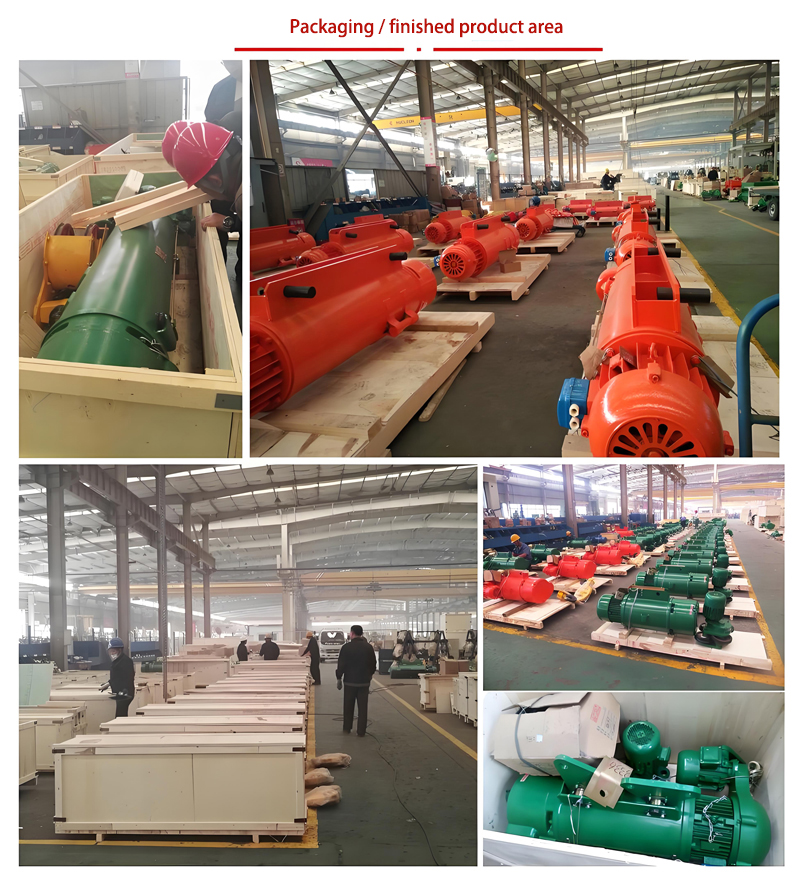
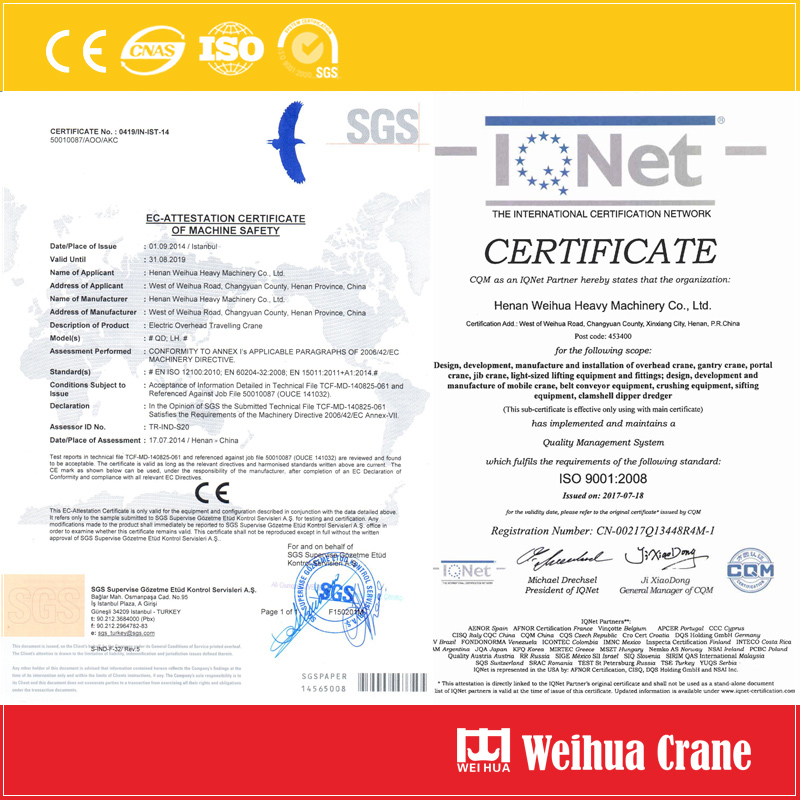
Where to Find a Quality Replacement
Source your replacement hook block from reputable distributors or directly from the OEM. They can provide expert advice to ensure you get the correct, certified part for your specific electric hoist model.
Your hoist is only as strong as its weakest link. Often, that link is literally the hook. Proactively inspecting and replacing a worn hook block is one of the simplest yet most important maintenance tasks you can perform. It ensures the safety of your personnel, protects your assets, and keeps your operations running smoothly and efficiently.








